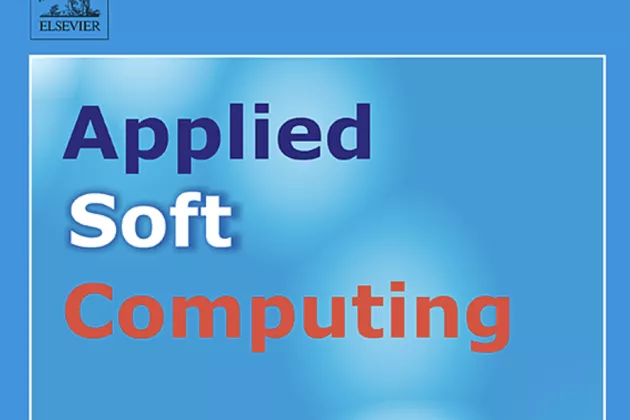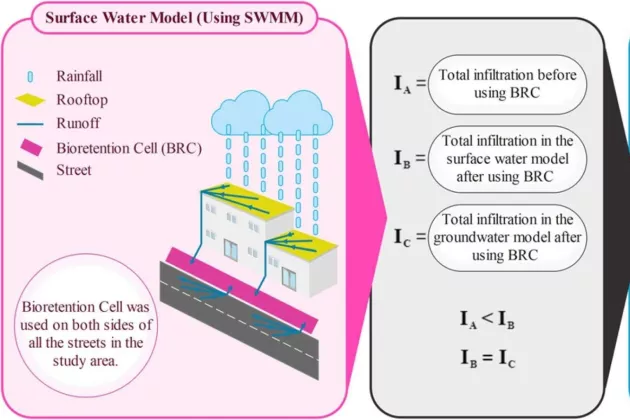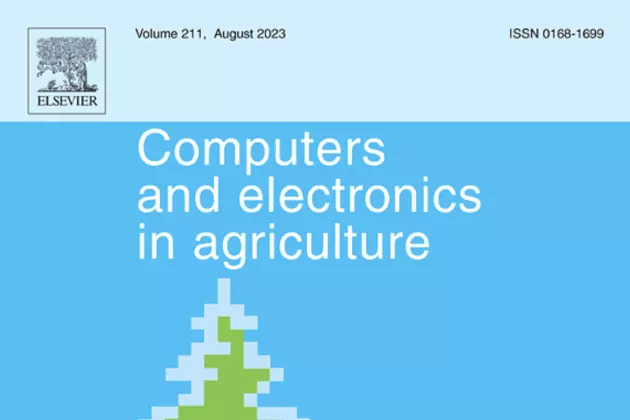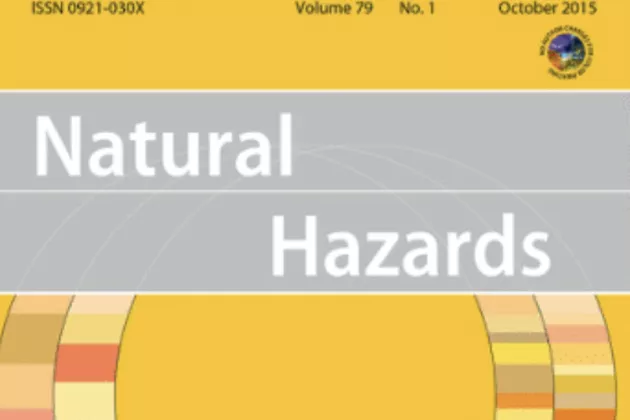The article, "Temporal cluster-based local deep learning or signal processing-temporal convolutional transformer for daily runoff prediction?", is written by Vahid Moosavi (Tarbiat Modares University), Sahar Mostafaei (Tarbiat Modares University) and Ronny Berndtsson (CMES).
Abstract
Water scarcity poses a major obstacle to sustainable development, and precise discharge prediction plays a vital role in enabling effective water resource management. This study investigated improved prediction techniques for nonstationary time series. The study evaluated the effect of signal processing techniques and blending approaches on the performance of deep learning models for daily discharge prediction. It also compared the performance of cluster-based local modeling with hybrid signal processing-deep learning approaches. Two robust deep learning methods, Long Short-Term Memory (LSTM) and Convolutional Neural Network (CNN), along with a powerful signal processing approach called discrete wavelet transform, were utilized for prediction of daily discharge. Three blending approaches were assessed: 1) decomposing both inputs and target, 2) decomposing only the target, and 3) decomposing only the inputs and then blending them with deep learning models. Also, a new hybrid deep learning based model namely discrete wavelet transform-Temporal Convolutional Transformer (DWT-TCT) was developed. The results showed that a single-output wavelet transform-deep learning model (3rd blending approach) outperformed multi-output models, demonstrating a relative enhancement of up to 56% for the LSTM model and 51% for the CNN model. Furthermore, temporal cluster-based local modeling displayed promising performance, resulting in an improvement of up to 18% in NRMSE compared to the wavelet transform-deep learning model, while also requiring less computational cost. The successful results of the temporal cluster-based local modeling approach provide a beneficial alternative to hybrid signal processing-deep learning models. In addition the results showed that the proposed DWT-TCT model outperformed all other models with NRMSE ranges from 6.8% to 16.2% in the study areas. The results have implications for hydrology and water resources management, as they can be used to develop more precise and effective models for predicting discharge in view of nonstationarity.
Keywords: Blending approaches; Deep learning; Discrete wavelet transform; Signal processing; Temporal Convolutional Transformer





